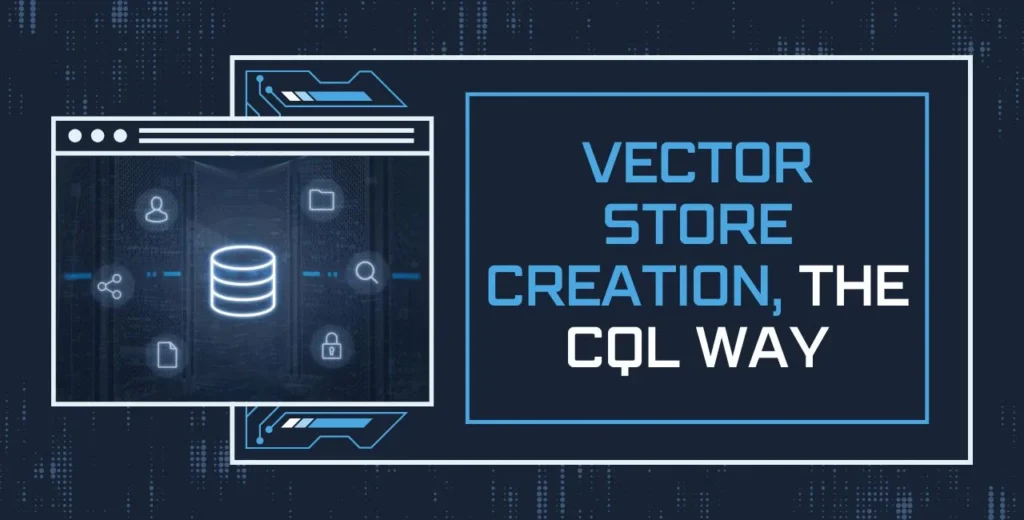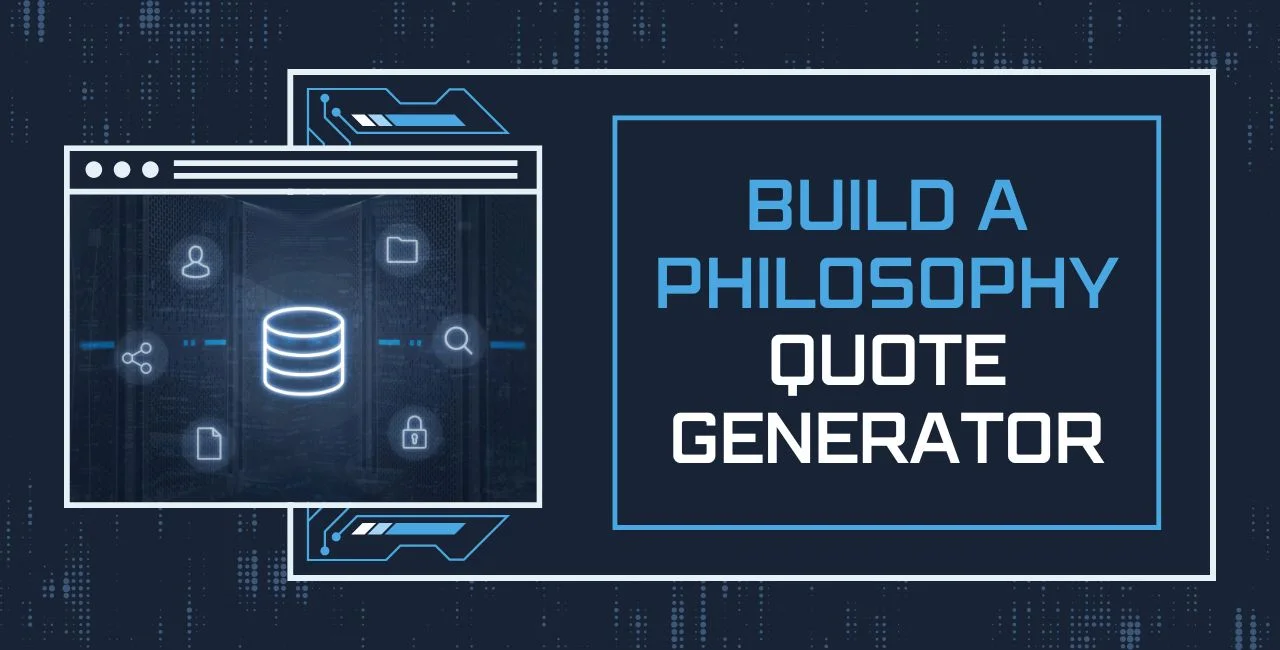In this guide, you may discover ways to Build a Philosophy Quote Generator using vector search and astra db because the vector store is for information embedding. The primary workflow of this guide is given below. You will compare and keep the vector embeddings for a number of quotes by famous philosophers, use them to build an effective search engine and, after that, even a generator of new quotes!
The guide exemplifies a number of the same old patterns of vector search — even showing how easy it is to get started with the vector capabilities of Cassandra / Astra DB through CQL.
Create and Fill the Vector Store
The present application will awareness of quotes by well-known philosophers, which include:
- The starting point is an equipped-made corpus of these quotes, in which every quote is attributed to a creator and may undergo a few labels. Here is an excerpt from the dataset
- Now, allow’s begin by building a quote search engine. We can, without difficulty, reap something higher than just term-based search: by exploiting the power of sentence embeddings and vector search, which do all of the heavy lifting, we are able to have semantic search: for example, the quote by Plato can be determined for a search string consisting of “If you check things how they are, you will be not preferred at all.”
Also Read:- H5 Firekirin | Geekzilla Autos | Frances Tiafoe Wife Cancer
Vector Database Access
A vector database is a type of database that is designed to keep, index, and get data factors with multiple dimensions, which are usually called vectors. Unlike databases that handle data (like numbers and strings) organised in tables, vector databases are specially designed for coping with data represented in multi-dimensional vector areas. This makes them distinctly suitable for AI and system mastering programs, where records often take the shape of vectors like image embeddings, textual content embeddings, or other forms of function vectors.
These databases utilise indexing and search algorithms for behaviour similarity searches, enabling them to swiftly pick out the most comparable vectors in a dataset. This functionality is vital for obligations like advice systems, photograph and voice recognition, and natural language processing, seeing that efficient expertise and processing excessive-dimensional facts perform a vital position. Consequently, vector databases constitute an advancement in the database era tailor-made to fulfil the requirements of AI packages that rely heavily on a sizable amount of information.
Vector Store Creation
One of the most common approaches to save and search over unstructured information is to embed it and store the ensuing embedding vectors, after which at query time embed the unstructured query and retrieve the embedding vectors which are ‘most similar’ to the embedded question. A vector store takes care of storing embedded information and appearing as a vector search for you.
Vector Store Creation, the CQL Way

To enable your system to gain knowledge of the model, Vector Search makes use of data to be compared by similarity inside a database, even if it isn’t always explicitly described by a connection. A vector is an array of floating point types that represents a selected object or entity.
The base of Vector Search lies in the embeddings, which are compact representations of textual content as vectors of floating-factor numbers. These embeddings are generated by feeding the text through an API, which makes use of a neural community to convert the input into a set-duration vector. Embeddings capture the semantics of the text, offering a more nuanced knowledge than conventional term-based methods. The vector representation allows for input this is extensively just like producing output vectors which are geometrically close; inputs that aren’t comparable are geometrically similarly aside.
Also Read:- Tax Saving PF FD and Insurance Tax Relief | US Inflation Jumped 7.5 in in 40 Years
Sanity Check: OpenAI Embeddings
When we talk about vector databases, we should sincerely know what vector embeddings are — how records are saved in a vector database. Vector embeddings function as numerical codes that encapsulate the important characteristics of systems. By studying and extracting critical functions (like vector and style), every track is transformed into a vector embedding through an embedding model.
This technique ensures that tracks with comparable attributes have comparable vector codes. A vector database stores these embeddings and, upon a question, compares those vectors to locate and advise tracks with the nearest matching functions — facilitating a relevant search experience for the customer.
Populate the Store
In a production database, placing columns and column values programmatically is more practical than using cqlsh, but regularly, trying out queries with the use of this SQL-like shell may be very handy. Insertion, replace, and deletion operations on rows sharing the identical partition key for a table are performed atomically and in isolation.
Populating the Store, the CQL Way
If you need to work on the CQL level, you’ll carry out the writes in the form of CQL statements (essentially what CassIO could do for you in any other case) of direction, adapted to the unique table schema you selected earlier. Moreover, you may perform concurrent writes very easily by executing numerous statements at once with Cassandra.
A Vector-Based Search Engine
In a standard GenAI application, huge language models (LLMs) are hired to provide textual content. For example, solutions to customers’ questions, summaries, or guidelines are primarily based on context and beyond interactions. But in most cases, one can’t just use the LLM out-of-the-container, as it is able to lack the specified domain-unique knowledge. To solve this trouble while heading off a frequently high-rated (or outright unavailable) model first-class-tuning step, the method known as RAG (retrieval-augmented technology) has emerged.
In exercise, in the RAG paradigm, first, a search is carried out to attain elements of textual data relevant to the particular project (for example, documentation snippets pertinent to the customer question being asked). Then, in a 2d step, those portions of the text are put right into a suitably designed spark-off and passed to the LLM, who’s told to craft a solution with the use of the supplied facts. The RAG technique has been verified to be one of the principal workhorses to make the capabilities of LLMs. While the variety of methods to augment the powers of LLMs is in rapid evolution, RAG is considered one of the key components.
Vector Search, the CQL Way
Vector Search works optimally on tables and does not use overwrites or deletions of the comment_vector column. For a comment_vector column with changes, expect slower search results.
The embeddings had been randomly generated in this example. Generally, you’ll run each of your supply files/contents through an embedding generator in addition to the question you had been asking in shape.
Conclusion: Build a Philosophy Quote Generator
You have found out how to build a philosophy quote generator with vector search and astra db. This example uses the Cassandra drivers and runs CQL (Cassandra Query Language) statements immediately to interface with the Vector Store – however, this is not the best choice.
